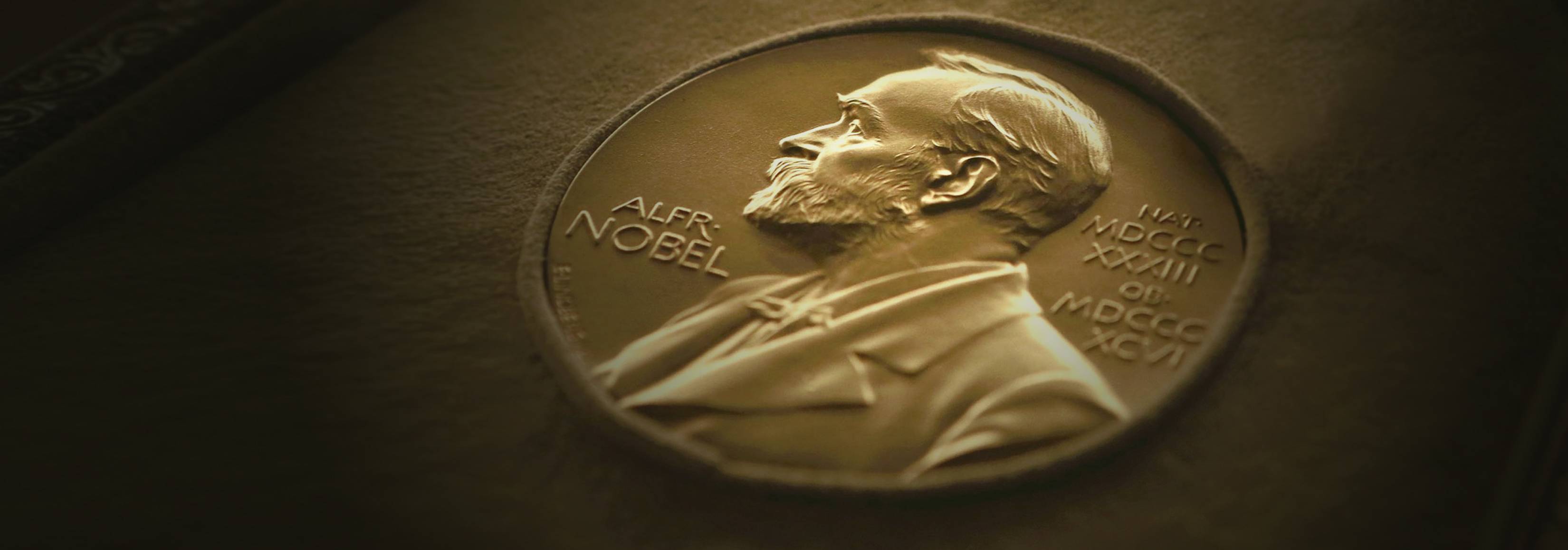By the mid-20th century, science had established several crucial facts about the capabilities of bacteria, a seemingly primitive, unicellular organism first classified in 1676. Some bacteria, scientists understood, can cause life-threatening disease; some are resistant to even the strongest antibiotics; and some that are neither virulent nor resistant to begin with can gain both virulence and resistance. The question of how bacteria accomplish such sleight of hand, which had been subject to decades of logical but inaccurate speculation, was resolved by a 22-year-old graduate student in 1947. Joshua Lederberg, Rockefeller University’s fifth president, won a share of the 1958 Nobel Prize in Physiology or Medicine for his discoveries of genetic transfer in bacteria.
Through the 1940s, scientific wisdom had it that bacteria do not have genetic mechanisms similar to those of higher organisms. The prevailing hypothesis, taught in Dr. Lederberg’s Columbia University medical school classes, classed bacteria with schizomycetes, organisms that reproduce by cloning. The 1944 discovery of Rockefeller scientists Oswald T. Avery, Maclyn McCarty and Colin MacLeod that deoxyribonucleic acid, or DNA, is the genetic material in Pneumococcus proved that bacteria have genes and thus drew an unexpected parallel between bacteria and higher organisms. But their discovery, unconnected to a method of proliferation, was met with widespread skepticism. Inspired by the new evidence, Dr. Lederberg interrupted medical school to pursue experimental genetics with Edward L. Tatum, the Yale University chemist with whom he would later share the Nobel Prize.
Initial experiments with the intestinal bacteria Escherichia coli led Dr. Lederberg to estimate that only one in 20 strains are fertile, and that if bacteria mate, they do so only during a particular phase of their life cycle. After crossing two strains of E. coli, each with different mutations for nutritional deficiencies, he found that some of the offspring of each strain had regained the ability to produce the nutrients its parent could not. When that ability continued to be inherited by successive generations, Dr. Lederberg had effectively proved the textbooks wrong. He named the bacterial mating process conjugation, received his Ph.D. for this research and officially left medical school to continue in bacterial genetics. We now understand that bacterial mating occurs only through cell-to-cell contact, when a bridge is formed between the two cells that transports genetic information from the donor cell to the recipient.
Dr. Lederberg’s experiments also identified E. coli as a haploid that carries only a single chromosome and suggested that conjugation is a form of unequal horizontal gene transfer: Rather than exchanging genes equally, the mating bacteria transfer partial genetic material from one parent to the other. He also developed a technique that allowed for the identification of antibiotic- or bacteriophage-resistant strains without exposing the bacteria to the phage or the drug, and proved that resistance is a genetic mutation rather than an adaptation.
Following his seminal research at Yale, Dr. Lederberg accepted a position to chair the newly founded department of genetics at the University of Wisconsin, Madison. With his graduate student Norton Zinder — later a colleague at Rockefeller University — Dr. Lederberg showed that bacteriophages can transfer genetic information between cells in Salmonella. The process, which they named transduction, was the first demonstration that it is possible to introduce new genes into an organism and in other ways manipulate its genetic material. The discovery explained how different species of bacteria can so quickly gain resistance to the same antibiotic.
The scientific contributions of Dr. Lederberg’s pathbreaking foray into bacterial genetics are legion. His work gave scientists an experimental model whose simplicity and rapid growth made it ideal for genetic studies. His description of bacterial conjugation led directly to the distinction denoted since 1962 by the terms prokaryotic and eukaryotic. His findings led to research that elucidated the mechanisms of bacteriophages and other viruses; explained how cell growth is interrupted; and clarified how cancer progresses. And his description of transduction led to the development of gene therapy and contributed to the boom in biotechnology and genetic engineering in the 1970s. Dr. Lederberg received half of the 1958 Nobel Prize “for his discoveries concerning genetic recombination and the organization of the genetic material of bacteria. Dr. Tatum and his colleague George Wells Beadle received the second half of the 1958 prize “for their discovery that genes act by regulating definite chemical events.”
CAREER
Born in 1925 and raised in New York City, Dr. Lederberg received his Ph.D. from Yale University in 1947 and then joined the University of Wisconsin, Madison, where he founded the department of medical genetics 10 years later. In 1959, he moved to Stanford University, where he was chair of the newly established department of genetics. There he also expanded his research into the fields of artificial intelligence and exobiology. In 1978, Dr. Lederberg became the fifth president of The Rockefeller University, a position he held until 1990, when he retired from the presidency and became University Professor and head of the Laboratory of Molecular Genetics and Informatics, where his research continued. Throughout his later research career, Dr. Lederberg was highly active in international science and human rights advocacy, serving as a public policy adviser to nine United States presidential administrations and authoring a weekly Washington Post column, “Science and Man,” for six years. He was a member of the National Academy of Sciences and a foreign member of The Royal Society. In addition to the Nobel Prize, he received the National Medal of Science and the Presidential Medal of Freedom. He died in New York in 2008.
